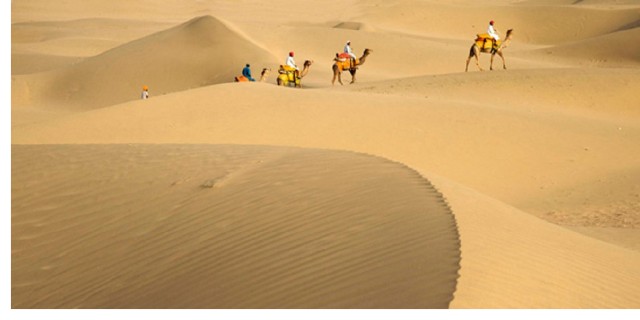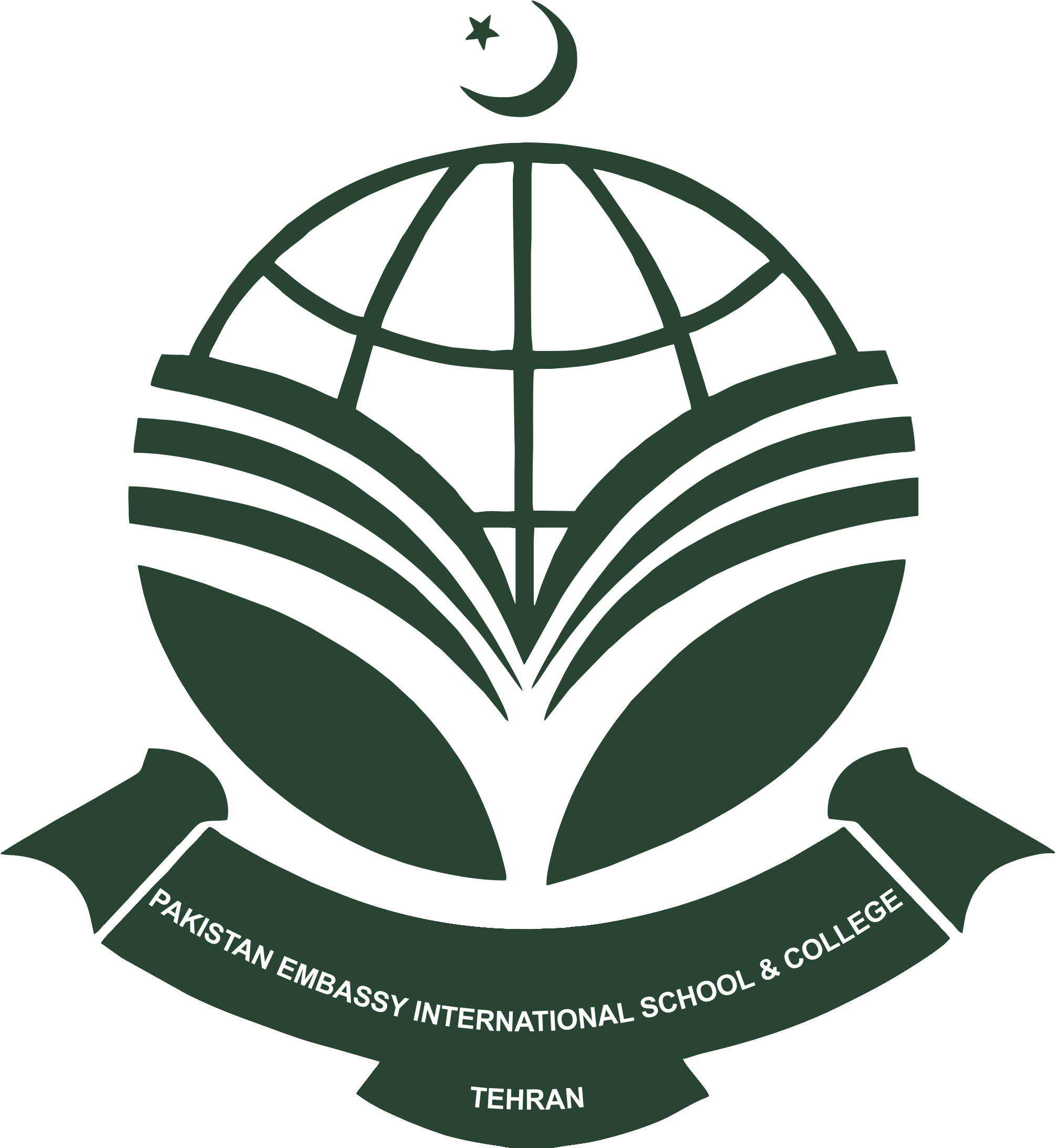![]() About Pakistan
About Pakistan
The Islamic Republic of Pakistan, although came into being on 14 August 1947, has a long history. The northwest of the Indian subcontinent, which now constitutes Pakistan, lies on the historic routes through the Khyber, Gumal, and Bolan passes from central Asia to the heartland of India, and for thousands of years adventures swept down upon the settlement there.

The idea of a Muslim nation, distinct from Hindu India, was introduced in 1930 by the poet Allama Muhammad Iqbal and was ardently supported by a group of Indian Muslim students in England, who were the first to use the name Pakistan. It gained wide support in 1940 when the Muslim League, led by Muhammad Ali Jinnah, demanded the establishment of a Muslim State in the areas of India where Muslims were in the majority. The league won most of the Muslim constituencies in the 1946 elections, and Britain and the Congress party reluctantly agreed to the formation of Pakistan as a separate dominion under the provision of the Indian Independence Act, which went into effect on August 14, 1947.

Pakistan is bordered by India on the East, the Arabian Sea on the South, Iran on the Southwest, China on the North. Islamabad is the capital and Karachi is the largest city. Pakistan is composed of four Provinces – Baluchistan, Northwest Frontier Province, Punjab and Sindh, all of which closely coincide with the historic regions. The area of Pakistan is 796,095 sq. Kms whereas its population is estimated as 162.42 million.
The country has a generally hot and dry climate, with desert conditions prevailing throughout much of the area. Along the western border and in a section of the north are semiarid steppelands and deserts; a subtropical climate with marked summer rainfall is found in a small section of the northeast along the Himalayan foothills; and a mountain climate that varies with altitude is found in the north.

Pakistan may be divided into four geographic regions – the plateau of West Pakistan, the plains of the Indus and Punjab rivers, the hills of Northwest Pakistan, and the mountains of North Pakistan. The plateau region of West Pakistan, which is roughly coextensive with Baluchistan Province is an arid region with relatively wetter conditions in its northern sections. Numerous low mountain ranges rise from the plateau, and the Hingol and Dasht rivers are among the largest streams. Large portions of the region are unfit for agriculture, and although some cotton is raised, nomadic sheep grazing is the principal activity. Coal, chromite, and natural gas are found in this area and fishing and salt trading are carried on along the rugged Makran coast Quetta, the chief city, is an important railroad center on the line between Afghanistan and the Indus valley.
 The people of Pakistan are a mixture of many ethnic groups. Pakistan is an overwhelmingly (about 97%) Muslim country. Urdu is the official language, but Punjabi, Sindhi, Pashto, Baluchi, and Brahui are also spoken; English is also common among the people in urban areas.
The people of Pakistan are a mixture of many ethnic groups. Pakistan is an overwhelmingly (about 97%) Muslim country. Urdu is the official language, but Punjabi, Sindhi, Pashto, Baluchi, and Brahui are also spoken; English is also common among the people in urban areas.
Pakistan has a substantial number of universities, including a provincial university in each of the provinces; major universities and specialized schools in Lahore, Karachi, Peshawar, Quetta, Hyderabad, Multan and Faisalabad; and a central university in Islamabad.

The Constitution of the Islamic Republic of Pakistan provides for a Federal Parliamentary System of government, with President as the Head of State and the popularly elected Prime Minister as Head of government. The Federal Legislature is a bicameral Majlis-e-Shoora (Parliament), composed of the National Assembly and the Senate. The Constitution also provides for the President to address the two Houses assembled together at the commencement of the first session after General Elections
Agriculture is the mainstay of Pakistan’s economy, employing almost 50% of the population. Wheat, rice, cotton, sugarcane, and tobacco are the chief crops, and cattle and sheep are raised. Most of Pakistan’s agriculture output comes from the Indus basin. The country is now self-sufficient in food, as vast irrigation schemes have extended farming into arid areas, and fertilizers and new varieties of crops have increased yields.
 Pakistan is one of the fastest growing economies in the region.Its industrial base is able to supply many of the country’s needs in consumer goods. The country’s natural resources provide materials for such industries as textile production (the biggest earner of foreign exchange), oil refining, metal processing, and cement and fertilizer production. Remittances from Pakistanis working abroad constitute the second largest source of foreign exchange. Since the mid-1950s electric power output has greatly increased, mainly because of the development of hydroelectric power potential and the use of thermal power plants. Pakistan’s chief imports are petroleum, machinery, transport equipment, chemicals, and edible fats and oils. The chief trading partners are the European Union nations, the United States, Japan, and China.
Pakistan is one of the fastest growing economies in the region.Its industrial base is able to supply many of the country’s needs in consumer goods. The country’s natural resources provide materials for such industries as textile production (the biggest earner of foreign exchange), oil refining, metal processing, and cement and fertilizer production. Remittances from Pakistanis working abroad constitute the second largest source of foreign exchange. Since the mid-1950s electric power output has greatly increased, mainly because of the development of hydroelectric power potential and the use of thermal power plants. Pakistan’s chief imports are petroleum, machinery, transport equipment, chemicals, and edible fats and oils. The chief trading partners are the European Union nations, the United States, Japan, and China.
Detailed information may be obtained from the website of Ministry of Information and Broadcasting, Government of Pakistan www.infopak.gov.pk


